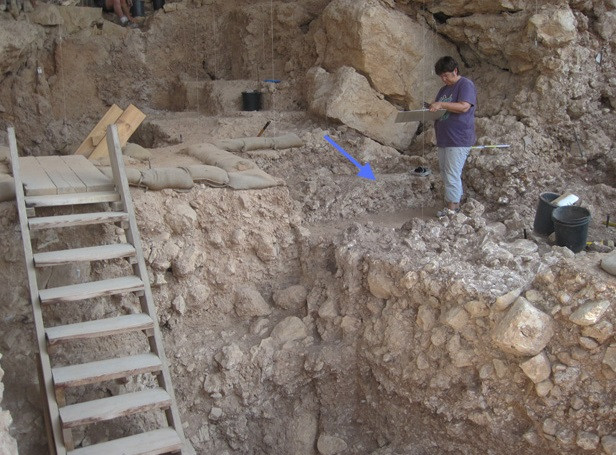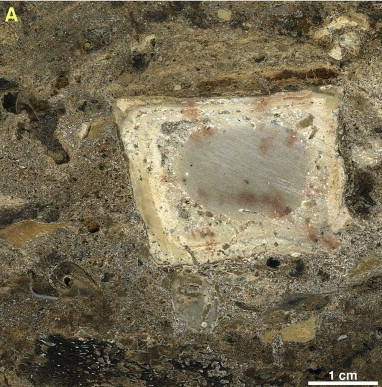300,000-Year-Old Hearth in Israel Reveals Prehistoric Social Order

A 300,000-year-old hearth has been discovered in a cave near Rosh Ha'ayin in Israel, revealing the rise of prehistoric human culture.
The hearth shows evidence of repeated fire building over a continuous period, which suggests humans at the time had a highly advanced social structure and intellectual capacity.
Although it is estimated that humans discovered fire over a million years ago, the hearth reveals exactly how it was controlled and used for their daily needs.
Scientists made the discovery in the Qesem cave in Israel's Central District. Excavations in the cave began in 2000, led by the Tel Aviv University professors Avi Gopher and Ran Barkai. Their discovery was published in the Journal of Archaelogical Science.

Dr Ruth Shahack-Gross, of the Kimmel Center for Archeological Science at the Weizmann Institute, found a deposit of wood ash in the centre of the cave.
The team concluded the area had been a controlled fire, after they identified bone fragments and soil amongst the ash which had been heated to a high temperature.
When examining the materials under a microscope, Shahack-Gross confirmed the existance of a hearth after she discovered micro-strata in the ash.
Tools used for cutting and cooking meat were found distributed around the cave. Burnt animal bones were also scattered around the fire, which further suggested evidence of a hearth.
The team found different areas of the cave were used for various activities, which led the scientists to believe organisation and a social order existed mirroring modern human behaviour.
Experts believe the cave is evidence of changes in human behaviour which began a new human species around 400,000 years ago.
Speaking to Sciencedaily.com, Shahack-Gross said the "campfire" and other findings marked a revelation in the understanding of human culture.
She said: "They also tell us something about the impressive levels of social and cognitive development of humans living some 300,000 years ago."
© Copyright IBTimes 2025. All rights reserved.






















